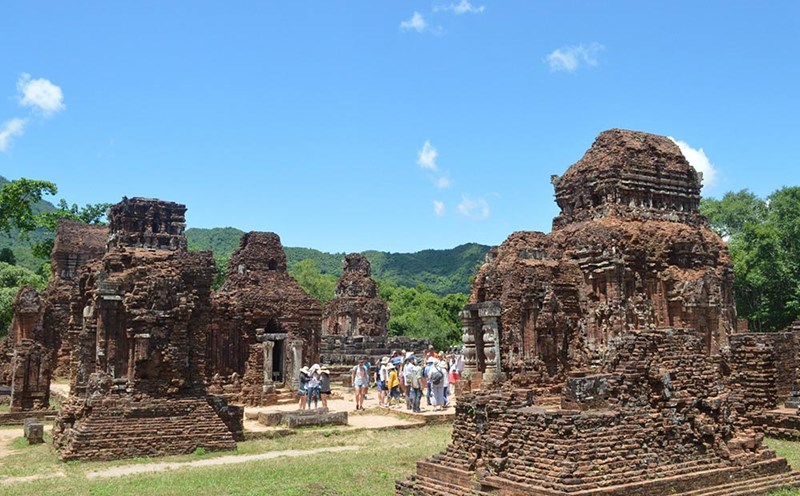On May 12, the Department of Culture, Sports and Tourism of Thanh Hoa said that in recent years, the archaeological excavation work at Nha Ho Citadel Heritage has brought many important achievements, affirming the integrity, authenticity and outstanding global value of the heritage.
A comprehensive planning surface of Tay Do citadel - the Ho Dynasty capital in the late 14th and early 15th centuries - has gradually become clear with a system of temples, main hall, roads, city gates, waterford... arranged synchronously and according to standards.
At the center of the city, archaeologists have revealed a traces of a monumental architecture - identified as the Hoang Nguyen Palace, where King Thiet Trieu. The electric court consists of 9 spaces, with a system of foot, column nails and typical materials such as yellow enamel roof tiles, dragon decorative bricks. This is a key discovery that helps position the god of the city and the auxiliary architecture around.
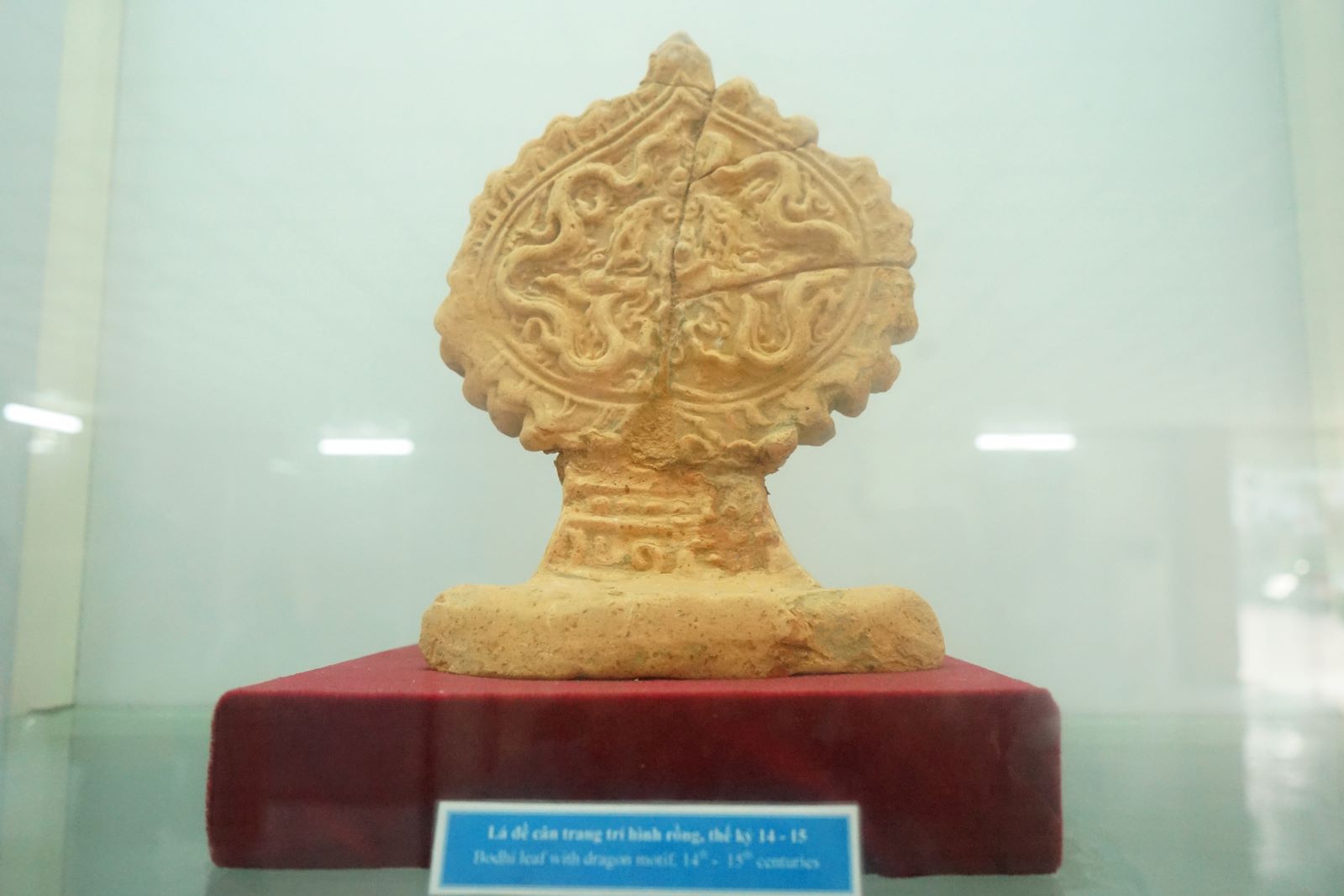
The Royal Road and the Nam Giao sacrifices are the slate paved road of about 2.5km from the main hall to the Nam Giao altar at the foot of the mountain and was discovered - coinciding with the description of the history book of "flower road". This is an important ritual axis, where the king celebrated the sacrifice of heaven and earth. In the sacrifice, many monuments such as King well, the guitar, the god of the god, the sewer system and a series of valuable artifacts have been found.
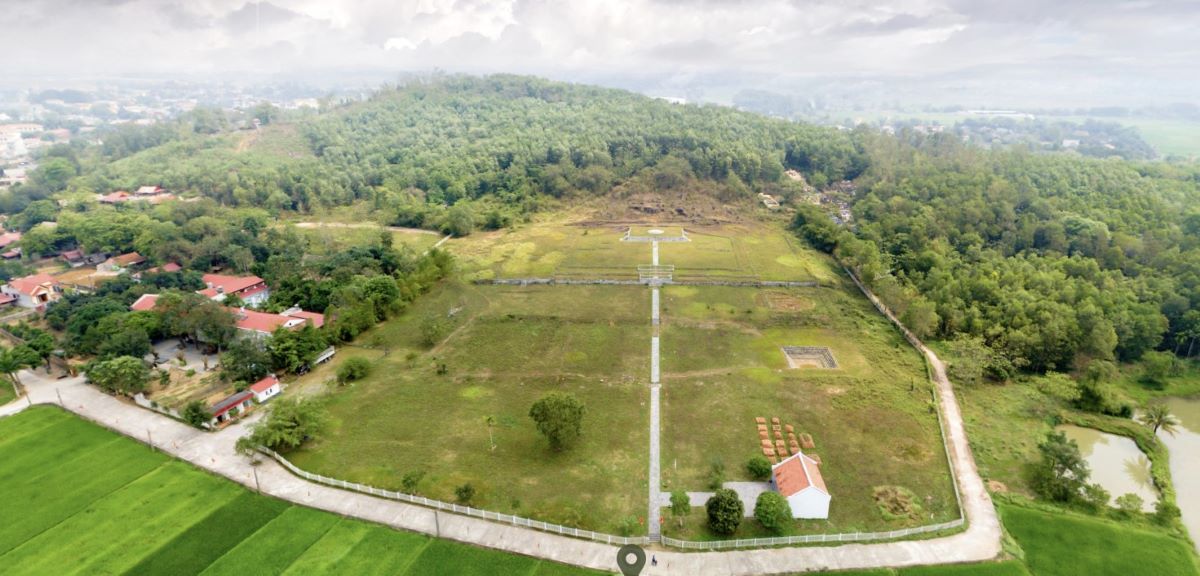
The stone citadel surrounding the city is identified as a system surrounding the entire citadel, about 50m wide and 4km long. The embankment is carefully reinforced with ancient stone embankments and harbors. This is a defensive layer that carries both military elements and regulation of irrigation and protection of the citadel.
The Ho Thanh pho has 4 massive gates, built with large stone blocks in the shape of a scale and a rolling arch without the use of glue. In particular, the Southern and Northern gates have long mensions above with a very methodical drainage system and pole holes. Inside the intangible green stone gate, the foundation is solid, demonstrating the masterful construction technique.
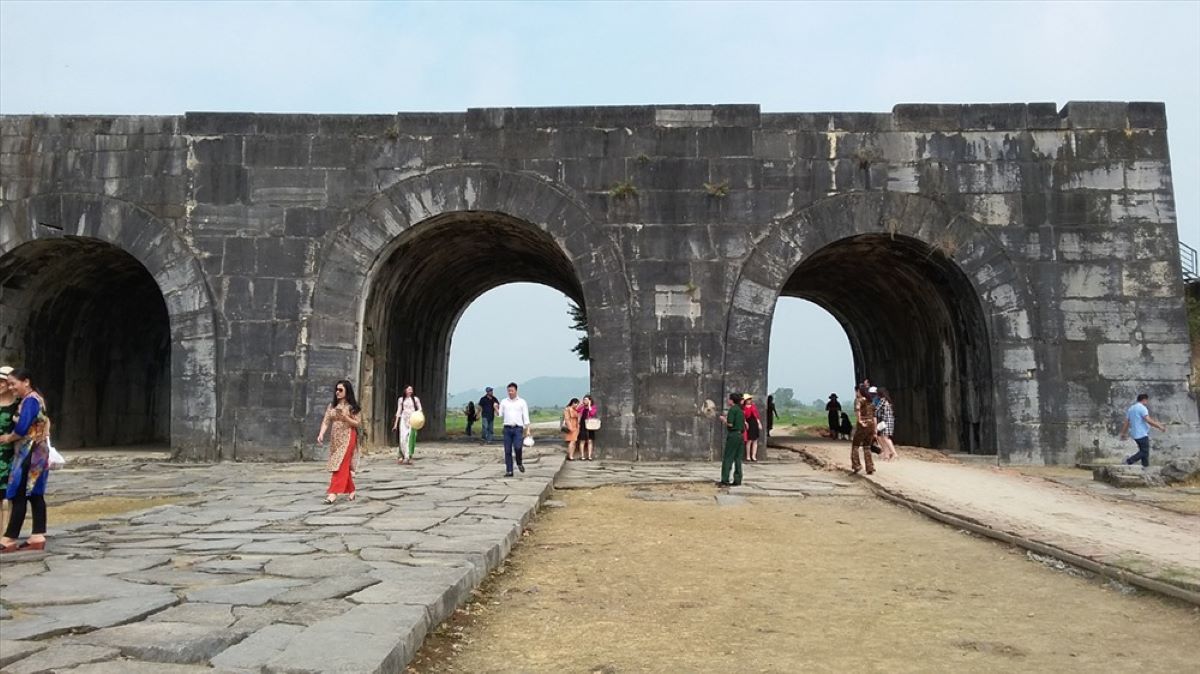
In addition, the archaeological results have clearly revealed the worshiping architecture and royal activities bearing the mark of the Ho Dynasty.
East Thai Mieu and Tay Thai Mieu are two worshiping and foreign families of the Ho Dynasty, which is arranged to be posted in the Southeast and Southwest in the inner city. Each temple has the main electricity, post -electricity, Tam Quan, garden and surrounding corridors. The special thing is that archaeological archaeological records recorded the architectural traces of the Le Dynasty integrated above the Ho Dynasty architecture - proving that the monument continued to be used for centuries.
The king's foundation - the royal residence is a continuous architectural cluster: the base of the palace, the corridor, the garden, the well, the drainage system, the tiles, the shale ... folk call this the king's background, and archeology confirmed as the residential area of the Royal Ho Trieu Ho. Like the temples, the architectural layer of the Le dynasty here strengthens the continuous historical value of the monument.
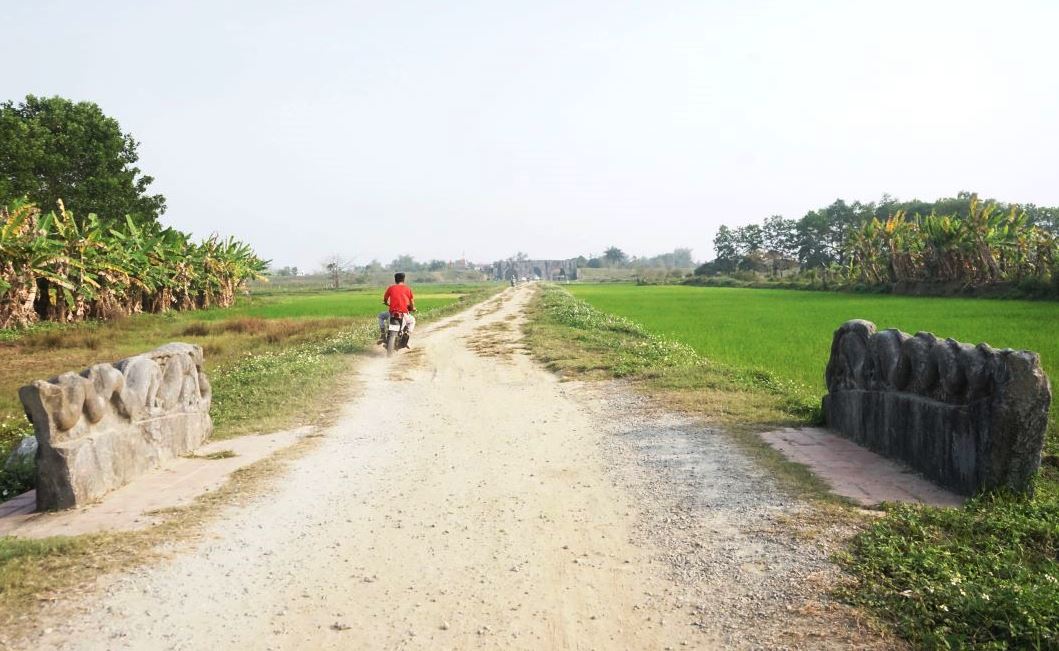
The pair of stone dragon is revealed on the steps on the main hall - the only artifact still on the spot. The dragon shape has its own style, showing the continuation of the cultural tradition from the Ly - Tran to Ho Thoi Ho. This is a special symbolic archaeological highlight.
At An Ton mountain, 2km away, archaeological sites discovered traces of an ancient stone mining site with many stone blocks of the same type used to build a citadel. The layers of stone crushers and processing tools are still intact, showing scientific calculations and maximum savings in materials in construction.
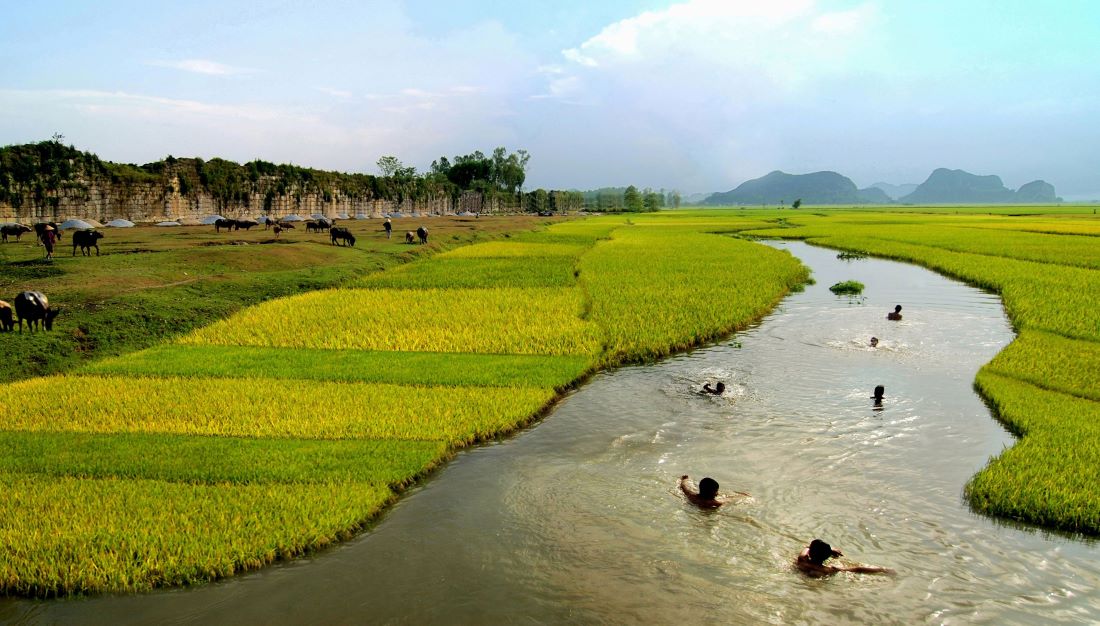
From the ancient layers, Ho Communal House has appeared not only as a dry stone relic, but as a vivid heritage, once a center of power, ceremony and culture throughout history.
The archaeological discoveries not only establish the position and value of the Imperial Citadel in the process of the Dai Viet civilization, but also provide a solid foundation for preserving, restoring and promoting heritage in the present and the future.

